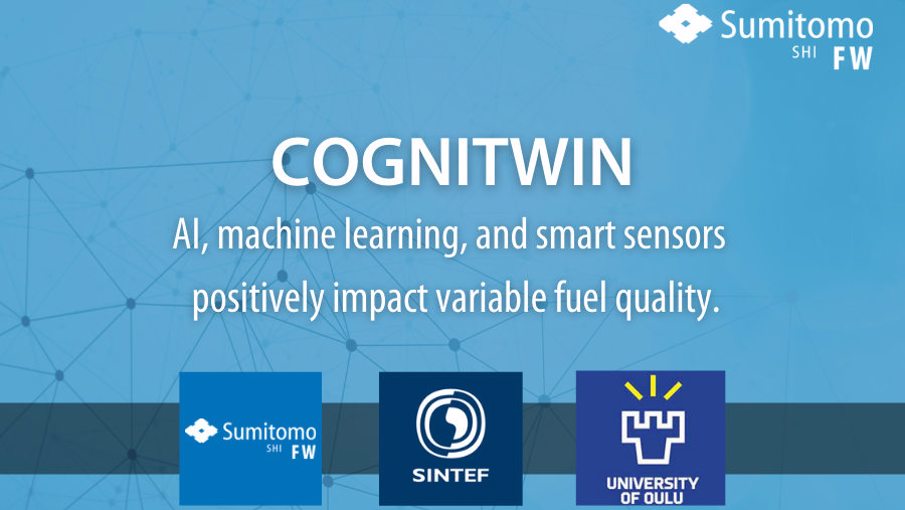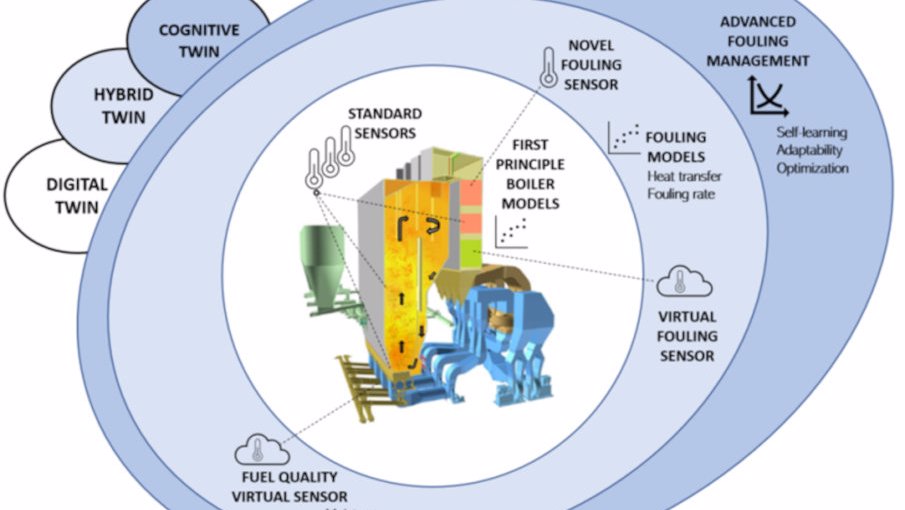- News
The Challenge
Variability in the quality of fuel required for operations is a big challenge for present-day thermal-energy producers. Poor quality fuel can significantly contribute to harmful phenomena like fouling and corrosion in the critical structures of an energy boiler, including on its heat-exchange (HX) surfaces.
Image

Fouling and corrosion often arise when the use of biomass and waste fuels are increased. More intensive fouling on HX surfaces demands excess cleaning, which costs time and money.
The challenge stems from the fact that the quality of biomass and waste fuels may vary significantly depending on their source and structure. The quality profile of a specific batch of fuel is typically not known in enough detail for optimization of the combustion process. Therefore, we believe it would be beneficial for our industry to implement new digital methods to recognize fuel quality and develop an optimal method of dealing with the HX fouling problem.
To this end, Sumitomo SHI FW (SFW) and our partners #SINTEF AS and the #University of Oulu have been working on a pilot case with COGNITWIN – a new process-industry framework that integrates AI, smart sensors, and machine-learning. The pilot boiler unit is a commercial-scale Circulating Fluidized Bed (CFB) boiler designed by SFW for wood-based fuels such as clean wood, recovered wood, and demolition wood collected from both households and industries. The unit is fueled primarily by wood waste from households and industries.
Achieved Results
Through the pilot we are aiming to learn new ways of improving the monitoring of fouling on HX surfaces, and how to better support the control of fouling through the use of a digital twin with some cognitive capabilities. We want to improve management of the fouling phenomenon through a combination of more efficient direct and indirect monitoring methods, physical models, and the latest approaches in data science. We have achieved some promising results from these initial machine-learning-based modeling efforts.
We are also bringing new data of fuel quality into the physical model of our process and have developed a novel approach to the indirect characterization of fuel quality. The approach has already been tested with real operational data for integration with the pilot environment at a later stage.
In our second year of working with COGNTWIN, we have also set up the required digital environment at our pilot plant. Currently more than 2,000 signals are being processed and collected by our new IoT and cloud platform.
Current Activities
Currently, we are developing a novel approach toward a more efficient fouling management in our pilot CFB. This means combining the physical process model, machine-learning models, online and historical process data, and sensor data to create a new kind of hybrid modelling and optimization approach for mitigating HX fouling.
As a part of this next-generation fouling management system, we are also piloting a novel condition-monitoring scheme based on modal analysis that may provide a direct way of estimating the degree of fouling on heating surfaces. Following a successful installation, we have already gained some promising results from this.
Next Steps
The results of the study highlight the relatively unrealized potential of combining physical models with machine-learning in process monitoring and optimization. We will continue to develop a more advanced fouling-monitoring system, including new self-learning and decision-making capabilities. Our expectation is that adaptive and/or cognitive capabilities can make the system even more flexible in finding optimal solutions to real-world challenges like variable fuel quality.
Image

Figure 1: Sumitomo SHI FW Pilot in COGNITWIN


